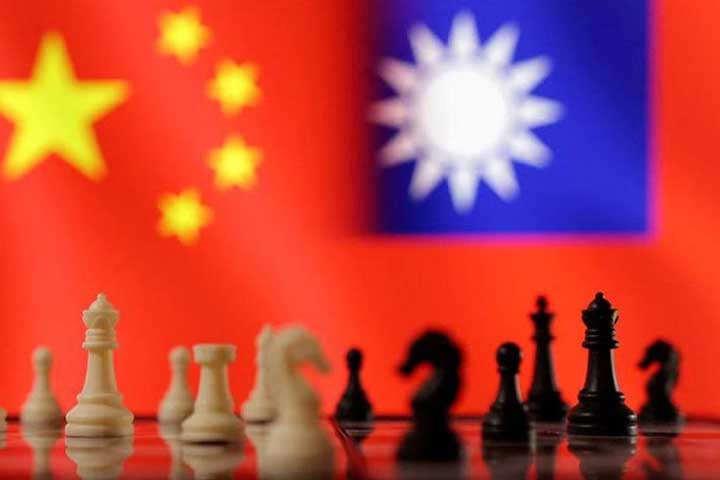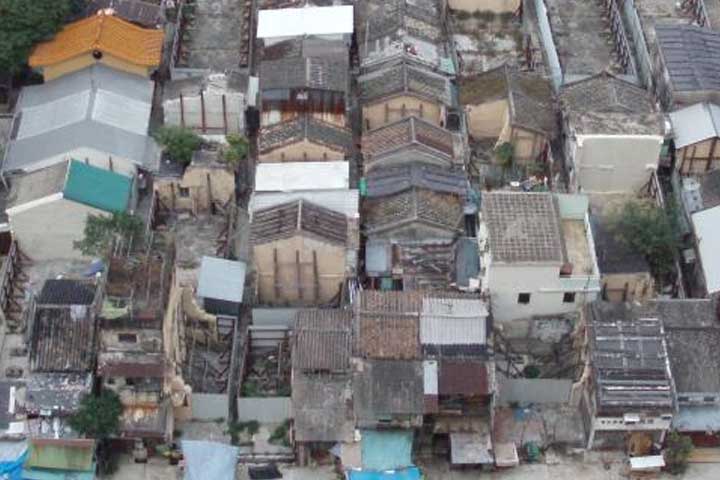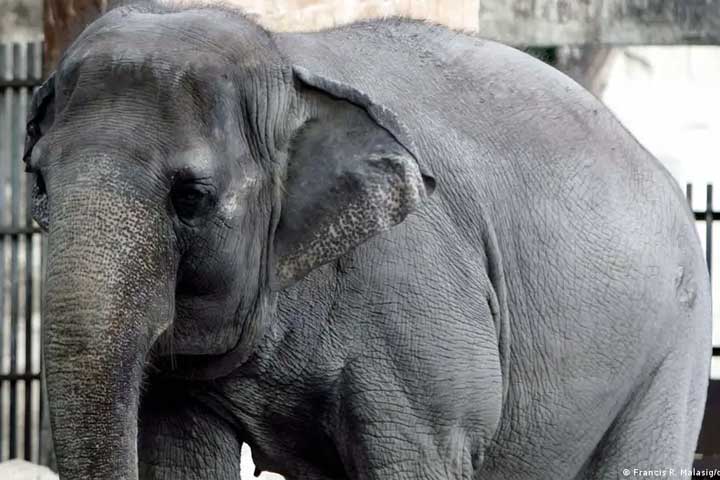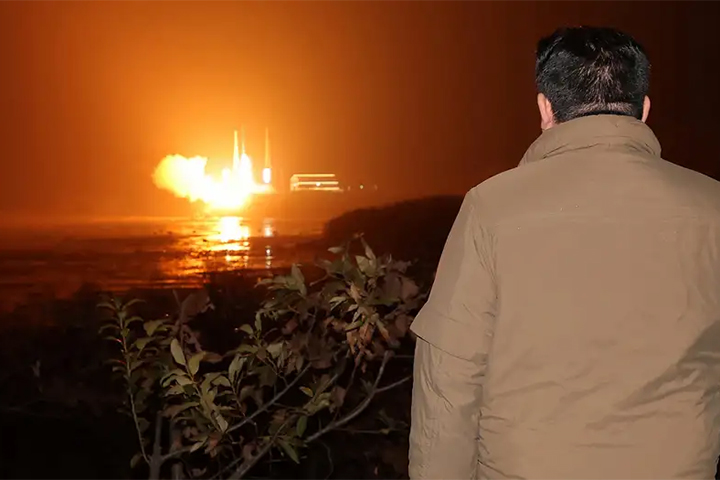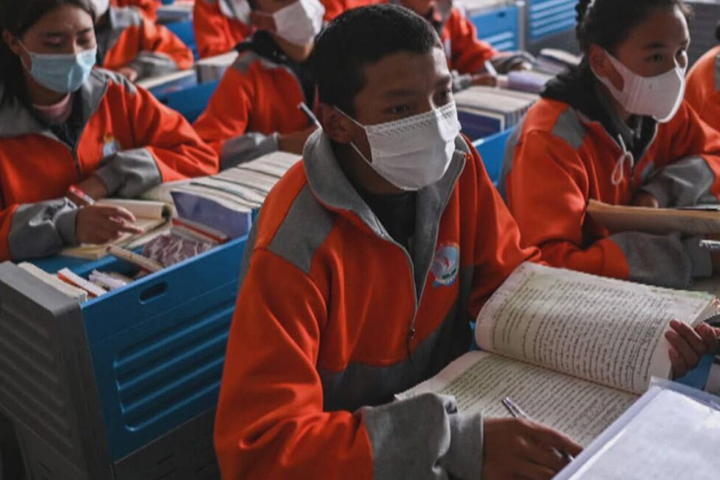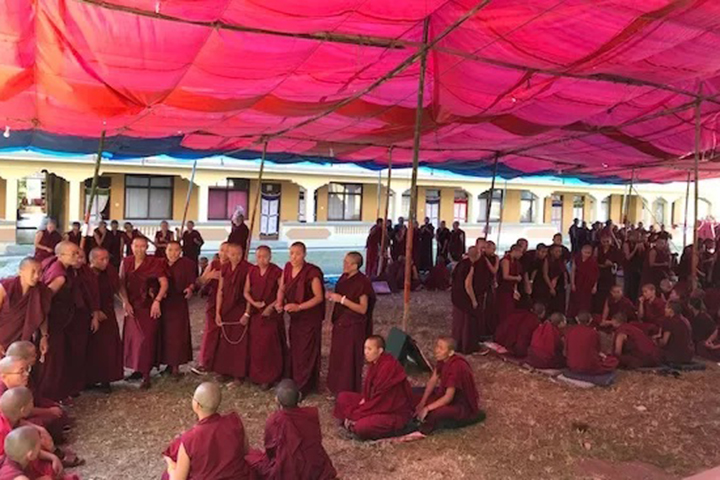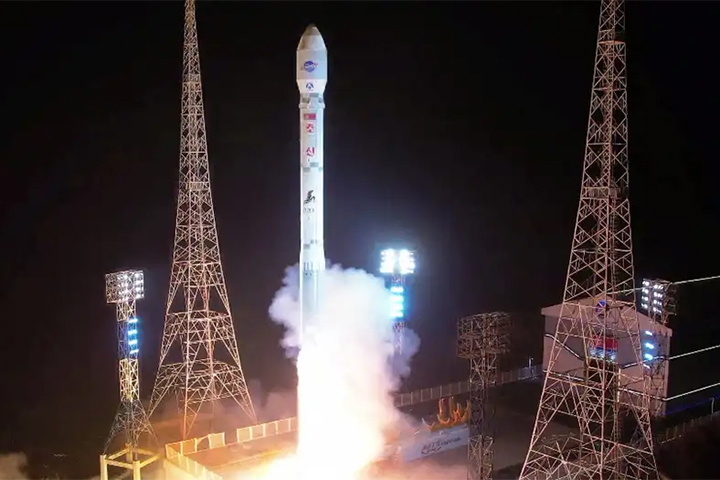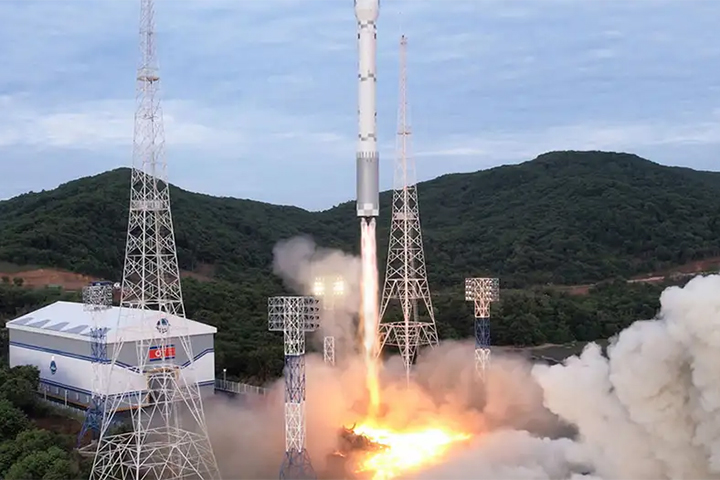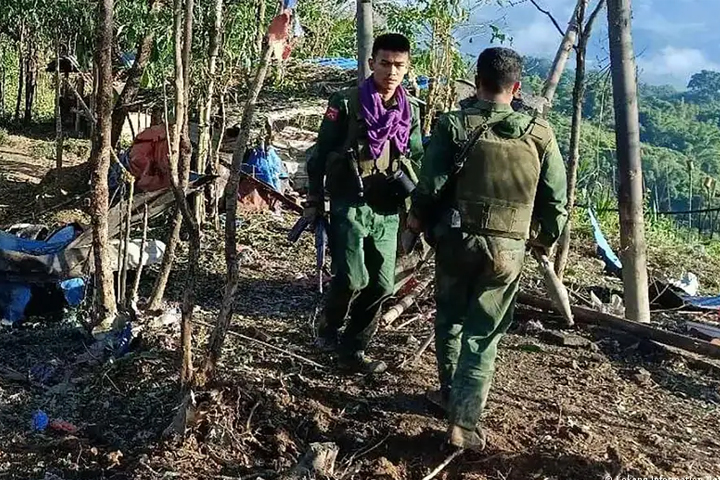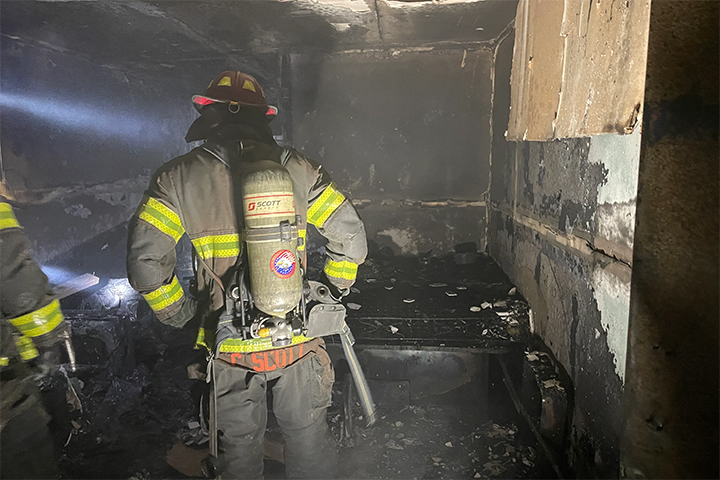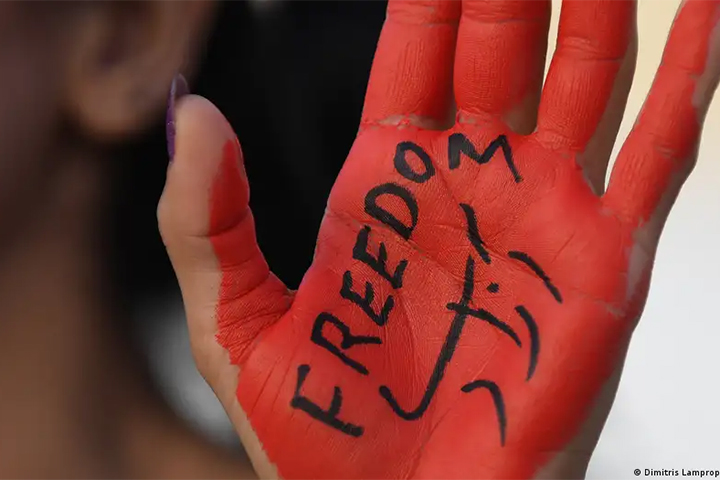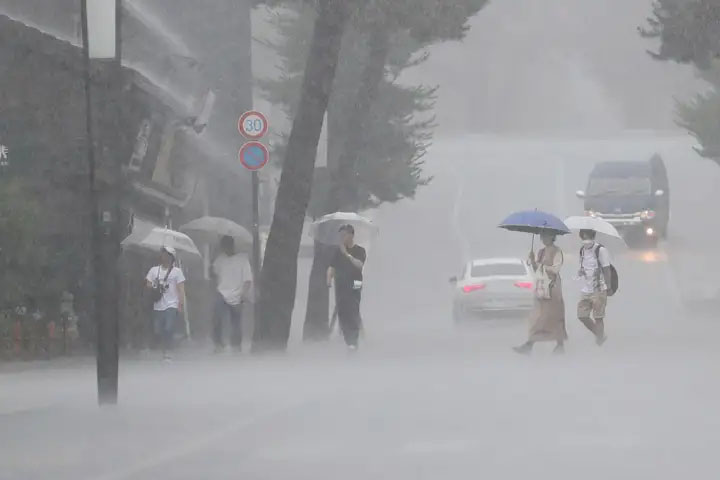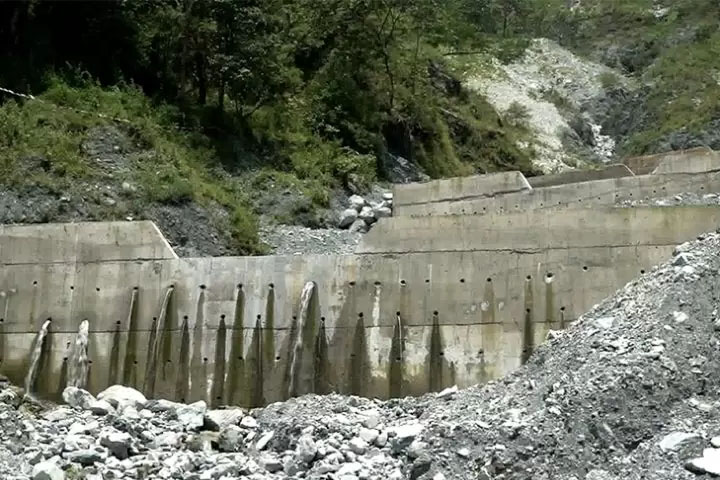Along a narrow path through a centuries-old village sits a grey-brick house with granite blocks around the doorway. Built in 1927, this relatively grand construction recalls one of Hong Kong’s far-flung New Territories villages, decades past their prime with a few remaining elderly residents.
But this is Ngau Chi Wan, in northeast Kowloon, still conveniently located for residents working in the city. Through the house’s open doorway, in a subdivided flat, Chun Man, an infant boy, lies asleep in his pram.
“He’s one year old,” says his mother. “It’s his birthday today.”
The chances are that Chun Man will have no more birthdays here, as all residents of old Ngau Chi Wan are soon to be evicted, in readiness for most of the village being demolished and, as initiated by then chief executive Carrie Lam Cheng Yuet-ngor’s government in 2019, replaced with public-housing blocks.
Ngau Chi Wan is among three “urban squatter villages” in Kowloon East – the others being Cha Kwo Ling and Chuk Yuen – that Lam targeted for land resumption and development, to help boost the supply of affordable housing.
The Hong Kong Housing Society, which bills itself as an independent organisation “providing quality housing for the people of Hong Kong”, has since been tasked with implementing the plans, and in spring this year released proposals for work that would start in August, though, at the time of writing, that has yet to begin.
Alarmed that the proposals involved razing the villages and leaving just a few token buildings, local heritage enthusiast Nicky Wong Hung-chuen arranged tours on a couple of June weekends, each with around a dozen fellow architects, aiming to highlight these three villages’ unique histories and devise alternative proposals to preserve more of their character.
Source: South China Morning Post
- Dhaka Wed, 08 MAY 2024,

 Live Tv
Live Tv
